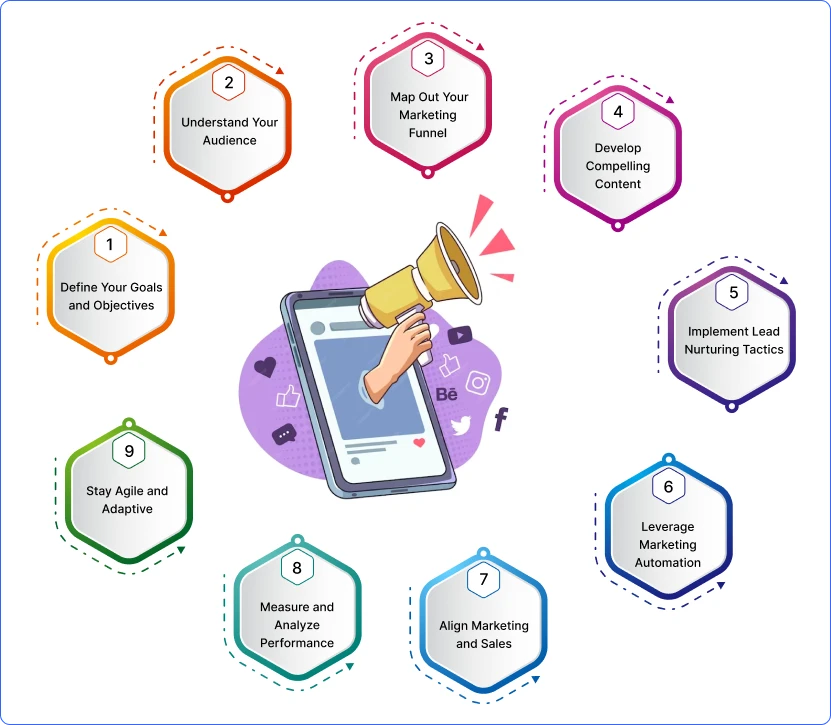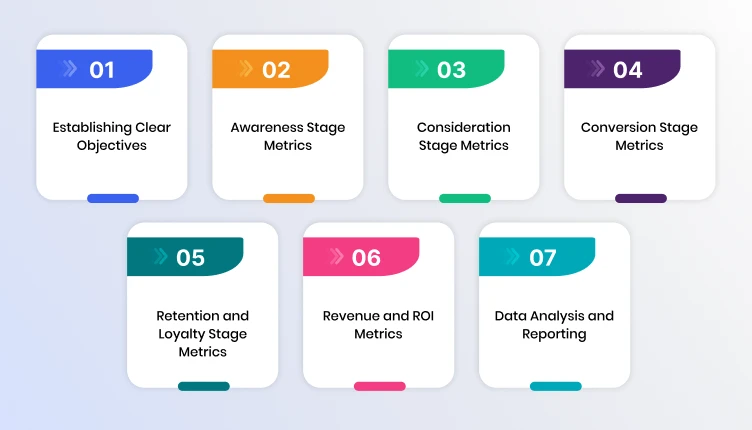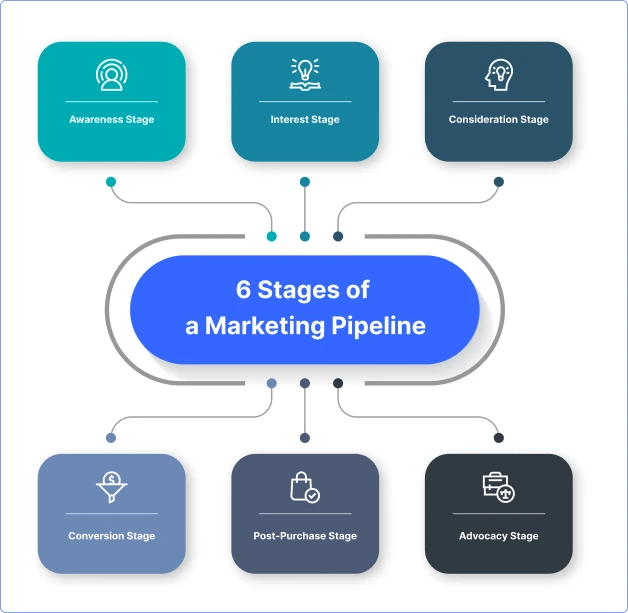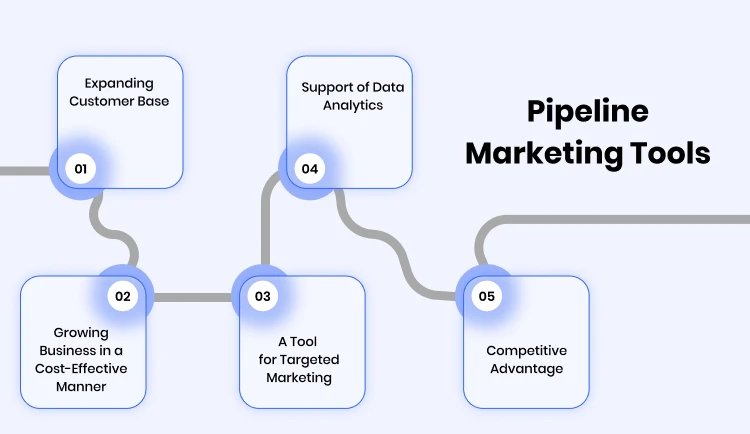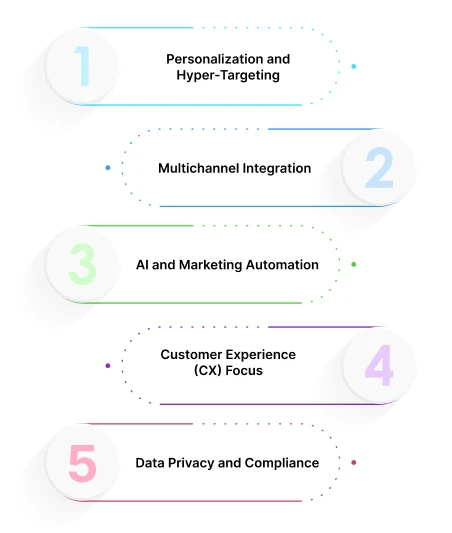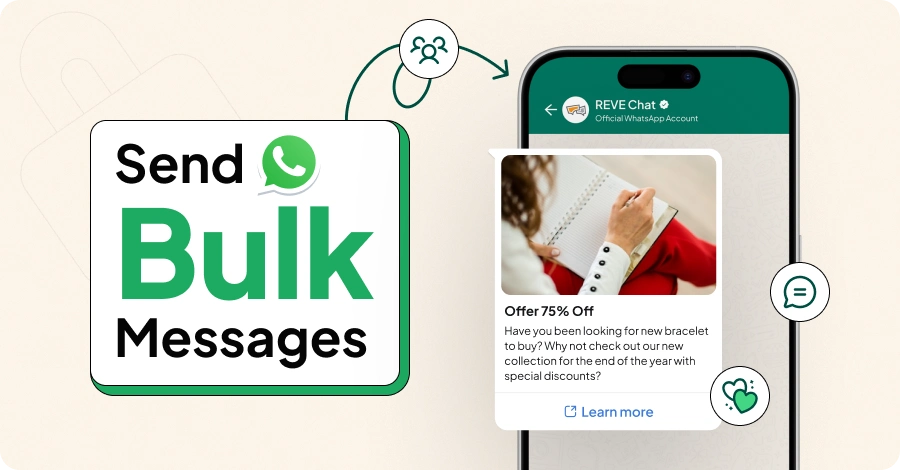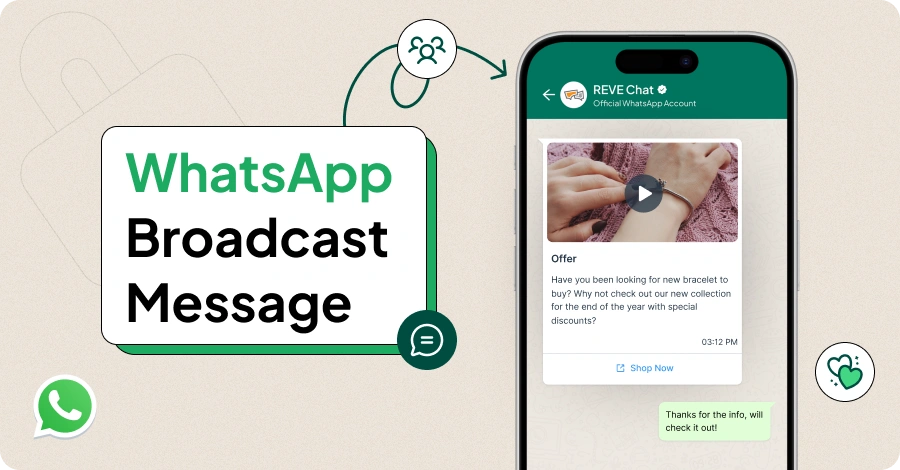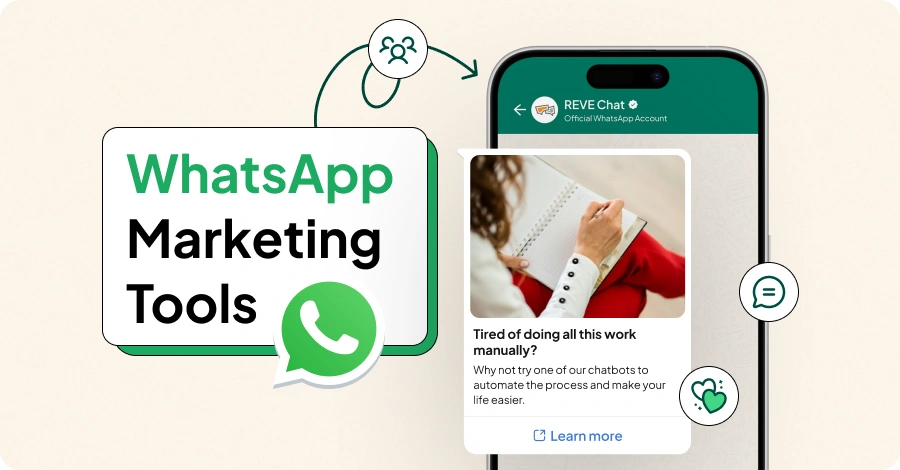What is Pipeline Marketing? Metrics, Stages & Tools
- April 4, 2024
- 16 mins read
- Listen

Table of Content
Do you feel like you’re shooting in the dark, with no real strategy guiding your efforts? If so, it’s time to hit pause. You should take a deep breath, and explore a revolutionary approach that’s shaking up the industry: Pipeline Marketing.
Forget everything you know about traditional marketing tactics. Pipeline Marketing isn’t just a buzzword; it’s a paradigm shift that’s redefining how businesses attract, engage, and convert customers in today’s hyper-competitive landscape.
You might be skeptical. After all, the marketing world is saturated with buzzwords and empty promises. But trust me when I say that Pipeline Marketing is different. It’s not about flashy campaigns or empty metrics. It’s about driving tangible results and fueling sustainable growth for your business.
What is Pipeline Marketing?
It is a comprehensive approach to digital marketing that guides potential customers through each stage of the sales funnel, or “pipeline,” with strategic and targeted efforts.
Unlike traditional marketing methods focusing solely on generating leads, pipeline marketing encompasses the entire customer journey, from initial awareness to conversion. It involves understanding customer behavior, segmenting audiences, and delivering personalized content and experiences to nurture leads and drive conversions effectively.
Also, it emphasizes the alignment between marketing and sales efforts, ensuring seamless coordination throughout the customer journey. It leverages data-driven insights and technologies to continually refine and optimize marketing strategies. Ultimately, maximizing the efficiency and effectiveness of the entire marketing process.
How to Craft an Effective Pipeline Marketing Strategy?
Marketing pipeline strategy involves a systematic approach to guide potential customers through the sales funnel, from initial awareness to conversion and beyond. Here’s a detailed breakdown of each step:
1. Define Your Goals and Objectives
It is the cornerstone of any successful marketing strategy. Begin by identifying what you aim to achieve with your marketing efforts, whether it’s increasing brand awareness, driving website traffic, generating leads, or boosting sales revenue. Make sure your goals are SMART (Specific, Measurable, Achievable, Relevant, and Time-bound) to provide a clear direction for your strategy.
For example, a goal could be to increase online sales by 20% within the next six months. You can align your marketing efforts with your overall business objectives and measure success effectively by defining your goals and objectives upfront.
2. Understand Your Audience
It is essential for creating targeted and relevant marketing campaigns that resonate with your target market. You should conduct thorough market research and audience analysis to gain insights into the demographics, psychographics, and behaviors of your target audience segments. You can identify their needs, preferences, pain points, and motivations to tailor your messaging, content, and offers to address their specific needs and interests effectively.
3. Map Out Your Marketing Funnel
It involves identifying the various stages of the customer journey and understanding the key touchpoints and interactions that occur at each stage. From initial awareness to conversion and beyond, the marketing funnel represents the path that prospects take as they move from being aware of your brand to becoming paying customers.
Break down the customer journey into stages such as awareness, consideration, conversion, and retention, and identify the specific actions or behaviors that prospects take at each stage. This will help you create targeted strategies and tactics to guide prospects through the funnel effectively.
4. Develop Compelling Content
It lies at the heart of any successful marketing pipeline strategy. Create high-quality, engaging content that resonates with your target audience and provides value at every stage of the marketing funnel. Whether it’s informative blog posts, entertaining videos, educational webinars, or interactive infographics, develop content that addresses your audience’s needs, interests, and pain points.
You should tailor your content to each stage of the funnel, providing relevant information and solutions that move prospects closer to conversion.
5. Implement Lead Nurturing Tactics
It is a critical aspect of pipeline marketing, focusing on building relationships with potential customers at every stage of the buyer’s journey. Implementing lead nurturing tactics involves delivering personalized and relevant content to prospects to guide them through the sales funnel and ultimately convert them into customers.
This may include sending targeted emails, offering valuable resources, providing product demonstrations, or engaging with prospects on social media.
6. Leverage Marketing Automation
It is a powerful tool for streamlining processes, optimizing efficiency, and scaling marketing efforts effectively. You can leverage marketing automation that involves software and technology to automate repetitive tasks and workflows, such as email marketing, lead scoring, and campaign management.
This allows marketers to deliver personalized communication, nurture leads, and track performance with ease, saving time and resources while driving results.
7. Align Marketing and Sales
Aligning marketing and sales is essential for ensuring a seamless and cohesive customer experience throughout the buyer’s journey. This involves fostering collaboration and communication between marketing and sales teams to ensure that leads are effectively passed from marketing to sales and that both teams are working towards common goals.
By aligning strategies, processes, and objectives, marketing and sales teams can deliver a unified message, streamline lead management, and accelerate the sales cycle. This alignment enables businesses to deliver a consistent and personalized experience for prospects.
8. Measure and Analyze Performance
It is vital to evaluate the effectiveness of your pipeline marketing efforts and make data-driven decisions to optimize performance. This involves tracking key metrics and KPIs, such as website traffic, conversion rates, and customer acquisition costs, to assess the impact of your marketing campaigns and initiatives.
By utilizing analytics tools, marketers can gain valuable insights into customer behavior, campaign performance, and ROI. It enables them to identify trends, uncover opportunities, and address challenges proactively.
9. Stay Agile and Adaptive
It’s essential to stay agile and adaptive in your approach to pipeline marketing. This involves being responsive to changes in market trends, consumer preferences, and competitive landscapes, and being willing to adjust strategies and tactics accordingly. Marketers can seize opportunities, mitigate risks, and stay ahead of the curve by staying agile and adaptive. This may involve experimenting with new tactics, testing different approaches, and iterating on campaigns based on performance data.
Lead Generation VS Pipeline Marketing
Lead generation and pipeline marketing are two essential components of any effective marketing strategy, each serving distinct purposes in the customer acquisition process. Understanding the differences between these two approaches is crucial for developing a comprehensive marketing strategy that drives sustainable growth.
Lead Generation
It focuses on identifying and capturing potential customers or leads who have expressed interest in a product or service. The primary goal of lead generation is to attract prospects and gather their contact information for further follow-up. This may involve tactics such as:
- Content Offers: Providing valuable content such as eBooks, whitepapers, or webinars in exchange for contact information.
- Landing Pages: Designing dedicated landing pages optimized for lead capture, often featuring a form for visitors to submit their details.
- Social Media Advertising: Running targeted ads on social media platforms to drive traffic to lead capture pages.
- Email Marketing: Sending targeted emails to prospects with enticing offers or content to encourage engagement and lead submission.
Pipeline Marketing
Pipeline marketing, on the other hand, takes a more holistic approach to the entire customer journey, from initial awareness to conversion and beyond. Rather than focusing solely on lead generation, pipeline marketing aims to guide prospects through each stage of the sales funnel, nurturing them with relevant content and personalized communication to drive conversions. Key components of pipeline marketing include:
- Segmentation: Segmenting the audience based on demographics, behaviors, and interests to deliver targeted messaging and content at each stage of the funnel.
- Lead Nurturing: Implementing automated email sequences and workflows to nurture leads with relevant content and information, building trust and credibility over time.
- Content Marketing: Developing a comprehensive content strategy that addresses the needs and pain points of prospects at various stages of the buying journey, from awareness to consideration and decision-making.
- Marketing Automation: Leveraging automation tools to streamline processes, track prospect interactions, and deliver personalized experiences at scale.
Key Differences Between Lead Generation and Pipeline Marketing
While lead generation focuses primarily on acquiring contact information from potential customers, pipeline marketing takes a more comprehensive approach to nurturing and converting those leads into paying customers. Lead generation is a crucial component of pipeline marketing, but it’s just one piece of the puzzle.
Pipeline marketing encompasses a broader range of tactics and strategies aimed at guiding prospects through the entire customer journey.
Performance Measurement & Key Metrics of Pipeline Marketing
1. Establishing Clear Objectives
You need to set clear objectives. Think of it like plotting your journey on a map. Without a destination in mind, you’ll end up wandering. Your objectives should be specific, measurable, achievable, relevant, and time-bound (SMART). These objectives will guide your efforts and help you track progress along the way.
2. Awareness Stage Metrics
This is where you cast your net wide and reel in potential customers. Metrics here might include website traffic, social media reach, brand mentions, and email open rates. Essentially, you want to know how many eyeballs are on your brand.
3. Consideration Stage Metrics
Once you’ve got their attention, it’s time to woo them. Metrics to watch here might include engagement rates on your content, like comments and shares, as well as the number of leads generated through gated content such as ebooks or webinars. You’re looking to gauge interest and move them along the funnel.
4. Conversion Stage Metrics
This is where the magic happens. You’ve convinced them that you have the solution to their problem, and now they’re ready to take action. Metrics at this stage could include conversion rates on your website, such as sign-ups, demo requests, or purchases. It’s all about turning those leads into paying customers.
5. Retention and Loyalty Stage Metrics
Congratulations, you’ve made a sale! But your job isn’t over yet. Now you want to keep those customers coming back for more. Metrics here might include customer satisfaction scores, repeat purchase rates, and referrals. Happy customers are loyal customers, and loyal customers are the lifeblood of your business.
6. Revenue and ROI Metrics
At the end of the day, it all comes down to the bottom line. You want to know that your marketing efforts are driving real, tangible results. Metrics here could include revenue generated from marketing campaigns, customer lifetime value, and return on investment (ROI). This is where you prove the value of your marketing efforts to the bean counters.
7. Data Analysis and Reporting
Not the least, you need to roll up your sleeves and dive into the data. Analyzing your metrics will help you identify what’s working, what’s not, and where you can improve. Make sure to regularly report on your findings to keep stakeholders in the loop and adjust your strategy as needed.
6 Stages of a Marketing Pipeline
1. Awareness Stage
At the awareness stage, potential customers become aware of your brand, product, or service for the first time. This stage is characterized by creating brand visibility through various channels such as social media, content marketing, advertising, and SEO. The goal is to capture the attention of your target audience and make them aware of your offerings.
2. Interest Stage
During the interest stage, prospects show active engagement and seek more information about your brand or offerings. They may interact with your content, visit your website, or sign up for your email list. At this stage, businesses focus on providing valuable information, educating prospects, and building trust to further nurture their interest.
3. Consideration Stage
Prospects evaluate their options and compare different solutions to address their needs or challenges. They may research product features, read reviews, or compare prices. Businesses aim to position themselves as viable solution by highlighting their unique value proposition, addressing objections, and providing relevant content to help prospects make informed decisions.
4. Conversion Stage
It is where prospects take the desired action, such as making a purchase, signing up for a service, or requesting a consultation. Businesses optimize conversion paths, streamline the purchasing process, and provide incentives to encourage prospects to take action. This stage marks the transition from prospect to customer and is a critical milestone in the marketing pipeline.
5. Post-Purchase Stage
After the conversion, the focus shifts to the post-purchase stage, where businesses aim to deliver a seamless and positive experience to customers. This includes providing exceptional customer service, delivering on promises, and addressing any post-purchase concerns or issues. The goal is to foster customer satisfaction, loyalty, and repeat business.
6. Advocacy Stage
It includes turning satisfied customers into brand advocates who promote your products or services to others. Advocates may leave positive reviews, refer friends or colleagues, or share their experiences on social media.
Businesses can encourage advocacy by offering rewards, incentives, or referral programs to loyal customers. Businesses can attract new customers and drive growth organically by leveraging the power of word-of-mouth marketing.
Ways to Implement Marketing Pipeline Strategy
You can follow a systematic approach to guide potential customers through each stage of the buyer’s journey, from initial awareness to advocacy. Here are several ways to effectively implement a marketing pipeline strategy:
- Segment Your Audience: You should divide your target audience into distinct segments based on demographics, behaviors, interests, or purchase history. This allows you to tailor your marketing messages and strategies to address the specific needs and preferences of each segment effectively.
- Create Persona-Based Content: You can develop content that resonates with your audience segments by creating buyer personas. Craft persona-based content that speaks directly to the pain points, challenges, and motivations of each persona at different stages of the marketing pipeline.
- Utilize Multiple Channels: You need to implement a multi-channel marketing approach to reach prospects across various touchpoints throughout the buyer’s journey. You can utilize channels such as social media, email marketing, content marketing, paid advertising, and SEO to engage with prospects and guide them through the pipeline.
- Lead Generation Tactics: You can deploy lead generation tactics to attract prospects and capture their contact information. Offer valuable content, resources, or incentives in exchange for opt-ins, such as eBooks, webinars, free trials, or discounts. Also, you can use landing pages, forms, and calls-to-action (CTAs) to facilitate lead capture.
- Lead Nurturing Campaigns: You can develop automated lead nurturing campaigns to engage with prospects and move them through the marketing pipeline. Also, use personalized emails, drip campaigns, and targeted content to nurture leads based on their interests, behaviors, and stages in the buyer’s journey.
- Scoring and Qualification: You should implement lead scoring and qualification criteria to prioritize leads based on their level of engagement and readiness to buy. Assign scores to leads based on factors such as demographics, engagement, and behavior.
- Sales and Marketing Alignment: You often need to foster collaboration and alignment between your sales and marketing teams to ensure a seamless transition of leads through the pipeline. Establish clear handoff processes, communication channels, and shared goals to facilitate collaboration and maximize conversion rates.
Top Pipeline Marketing Tools
1. Customer Relationship Management (CRM) Software
CRM software is a powerful tool for managing customer interactions and relationships throughout the marketing pipeline. It allows businesses to store customer data, track interactions, and analyze customer behavior to improve targeting and personalization.
With features such as contact management, lead tracking, and sales pipeline visualization, CRM software enables businesses to streamline processes, enhance efficiency, and drive sales.
2. Marketing Automation Platform
It enables businesses to automate repetitive marketing tasks and workflows, such as email marketing, lead scoring, and campaign management. It allows marketers to deliver personalized communication, nurture leads, and track performance with ease.
With features like automated email sequences, behavior-based segmentation, and lead scoring, marketing automation platforms streamline processes, save time and resources, and drive results.
3. Analytics and Reporting Tools
These tools are essential for tracking and analyzing marketing performance across the pipeline. They provide insights into customer behavior, campaign effectiveness, and ROI, enabling businesses to make data-driven decisions and optimize their marketing strategies.
With features such as real-time dashboards, custom reports, and attribution modeling, analytics tools help businesses measure success, identify opportunities, and drive continuous improvement.
4. Content Management System (CMS)
It is a centralized platform for creating, managing, and publishing content across channels. It allows businesses to create, edit, and organize content easily, without the need for technical expertise.
With features such as content scheduling, version control, and SEO optimization, CMS platforms support content marketing efforts and ensure consistency and relevance throughout the pipeline.
5. Social Media Management Tools
These tools enable businesses to manage and optimize their social media marketing activities effectively. These tools provide features such as content scheduling, social listening, and audience analytics, allowing businesses to engage with prospects and customers on social media platforms strategically. With social media management tools, businesses can enhance brand visibility, drive engagement, and build relationships with their audience.
Future Trends and Considerations of Pipeline Marketing
As pipeline marketing continues to evolve, several future trends and considerations are shaping the landscape and influencing how businesses approach their marketing strategies. Here are some key trends and considerations to keep in mind:
- Personalization and Hyper-Targeting: It will become increasingly important as consumers expect tailored experiences across all touchpoints. Hyper-targeting strategies are fueled by advanced data analytics and AI. It will enable businesses to deliver highly relevant content and offers to individual customers based on their preferences and behaviors.
- Multichannel Integration: Traditional channels will be essential for reaching and engaging prospects effectively. Marketers must adopt a multichannel approach to create cohesive brand experiences across various touchpoints, including social media, email, search, and offline channels.
- AI and Marketing Automation: Your AI-powered marketing automation tools will continue to streamline processes, optimize efficiency, and enhance personalization. Machine learning and predictive analytics will enable marketers to automate tasks, deliver personalized content at scale, and make data-driven decisions to drive better outcomes.
- Customer Experience (CX) Focus: You should prioritize customer experience across the entire journey, from initial awareness to post-purchase support, which will be crucial for fostering loyalty and advocacy. Marketers must deliver seamless and personalized experiences to build meaningful relationships and differentiate their brands in a competitive marketplace.
- Data Privacy and Compliance: With growing concerns around data privacy and regulations, marketers must prioritize data protection and compliance. Building trust with consumers through transparency about data practices and implementing robust security measures will be essential for maintaining customer trust and compliance with regulatory requirements.
Conclusion
Pipeline marketing is the roadmap to success for modern businesses. You can guide customers through the sales funnel and drive real results by setting clear objectives, tracking key metrics, and analyzing data.
Remember, it’s not just about making a sale—it’s about building relationships and creating loyal customers. Stay focused, stay data-driven, and keep pushing the boundaries of what’s possible.

